The Nagasaki Atomic Bomb Museum stands as a solemn reminder of the tragic events of August 9, 1945, when the United States dropped an atomic bomb on Nagasaki. This museum, dedicated to educating visitors about the horrors of nuclear warfare and advocating for peace, provides an in-depth historical account through artefacts, photographs, and survivor testimonies. Located near the hypocenter of the explosion, the museum shows the devastating impact of the bomb while promoting a future free from nuclear weapons. It is a must-visit site for history lovers, peace advocates, and travellers looking to understand one of history’s darkest moments.
Quick Details
Opening Date: April 21, 1996
Location: 7-8 Hirano-machi, Nagasaki, Japan
Area: Part of the Nagasaki Peace Park complex
Timings: 8:30 AM – 5:30 PM
Entry Fees: ¥200 / ₹113
Notable Natural Attractions: Mount Inasa, Glover Garden
Wildlife: Coastal and urban bird species, Japanese macaques in nearby areas
Cultural Significance: Highlights Nagasaki’s resilience, global peace efforts, and historical importance.
Activities: Guided historical tour, exploring historical artifacts, visiting Nagasaki Peace Park
Location
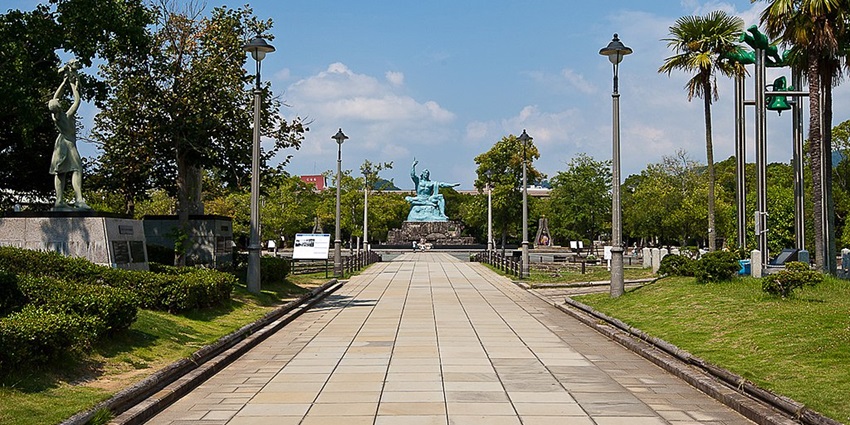
Photo: jimmyweee / Wikimedia Commons
The Nagasaki Atomic Bomb Museum is located in Hirano-machi, Nagasaki, Japan, near the hypocenter of the atomic bombing. It is part of the larger Nagasaki Peace Park, a significant memorial site dedicated to promoting nuclear disarmament and world peace. The museum is easily accessible from Nagasaki Station and is close to several other historical landmarks, making it an essential stop for visitors exploring the city’s past. Its location in the heart of Nagasaki allows travellers to experience both historical and cultural attractions, including traditional Japanese architecture, temples, and scenic coastal areas.
How To Reach
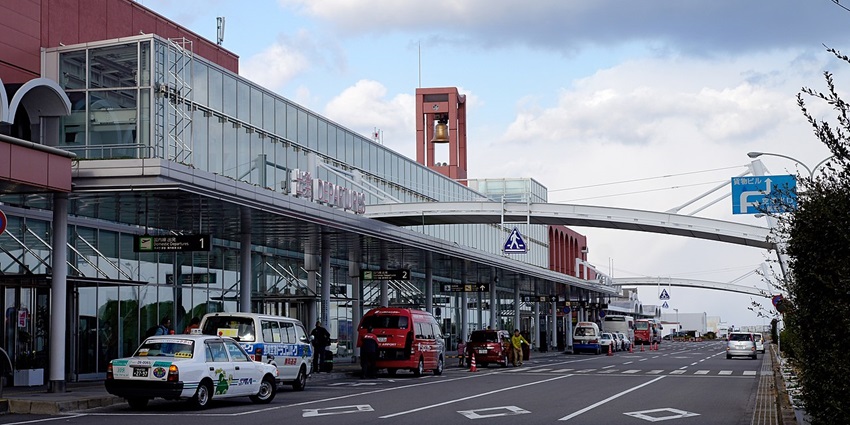
Photo: 663highland / Wikimedia Commons
By Air: Fly into Nagasaki Airport (NGS), then take a bus or taxi (approx. 40 minutes)
By Rail: Take the JR Kamome Limited Express from Hakata (Fukuoka) to Nagasaki Station, then board the tram (Line 1 or 3) to Atomic Bomb Museum Station
By Road: Drive via the Nagasaki Expressway; parking is available near the museum
Things To Do
When visiting the Nagasaki Atomic Bomb Museum, you can engage in the following activities:
1. Watch Documentary Films
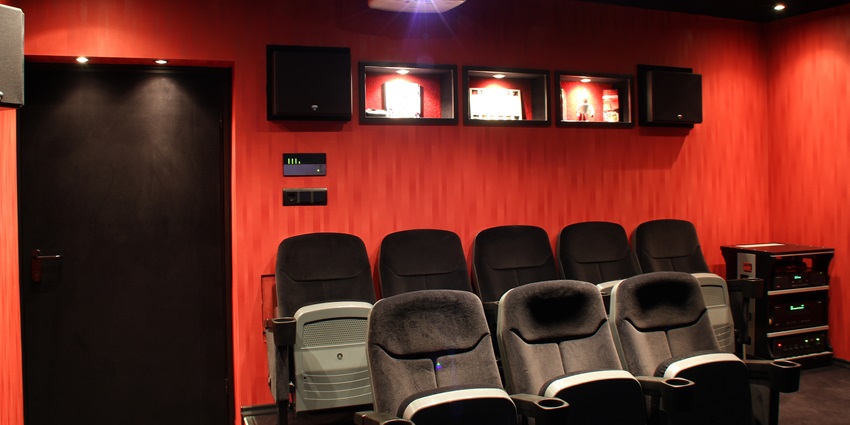
Photo: CC0 Public Domain / pxhere / Image For Representation Only
The Museum offers powerful documentary films that provide firsthand accounts of the bombing, its aftermath, and the global push for nuclear disarmament. These films include archival footage, survivor interviews, and expert analysis, giving visitors a deeper understanding of the tragic event. Watching these documentaries is a moving and educational experience, making the historical impact of August 9, 1945, more tangible.
2. Explore Exhibits
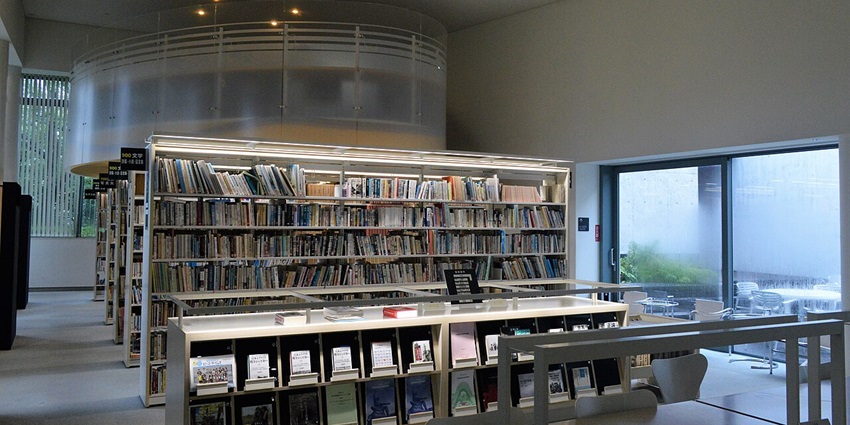
Photo: Asturio Cantabrio / Wikimedia Commons
The museum’s exhibits showcase a heartbreaking yet informative display of artifacts from the bombing. Visitors can see melted glass bottles, twisted metal beams, tattered clothing, and personal belongings recovered from the blast. A replica of the city before and after the explosion visually depicts the sheer scale of destruction. Interactive displays and photographs narrate the events leading up to the attack, as well as the long-term effects on survivors.
3. Listen To Survivor Testimony Sessions
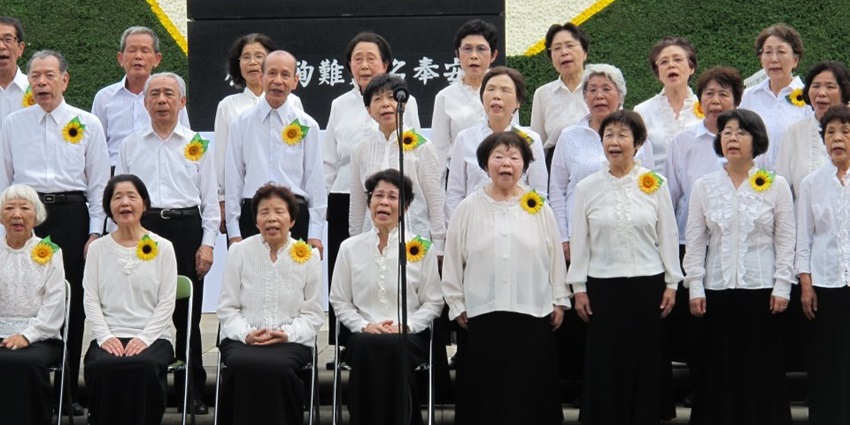
Photo: The Official CTBTO Photostream / Wikimedia Commons
Listening to the hibakusha (atomic bomb survivors) share their personal experiences is one of the most moving parts of visiting the museum. These testimony sessions provide firsthand narratives of the horrors faced by survivors, from the immediate aftermath to long-term physical and emotional scars. Their accounts emphasize the resilience of the human spirit and the importance of global peace efforts.
Places To Visit Around Nagasaki Atomic Bomb Museum
Let’s explore the famous attractions surrounding the Nagasaki Atomic Bomb Museum:
1. Nagasaki Peace Park
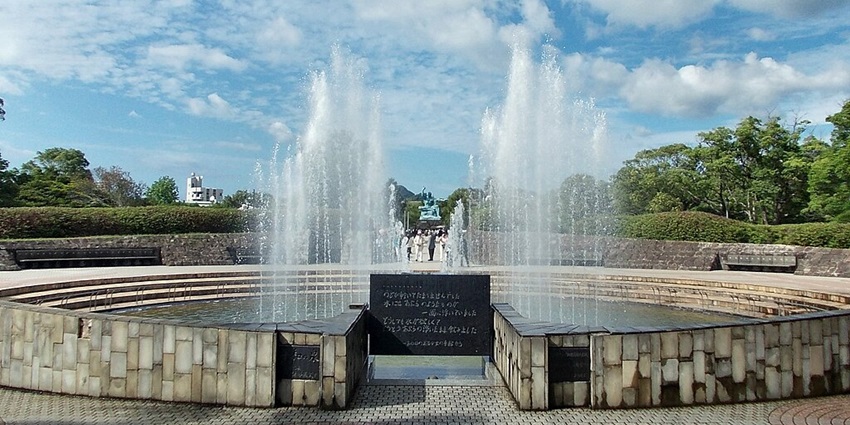
Photo: STA3816 / Wikimedia Commons
A symbol of hope and resilience, Nagasaki Peace Park is located near the museum and serves as a tribute to atomic bomb victims. It features the iconic Peace Statue, a 10-meter-tall figure with one hand pointing to the sky (symbolizing the bomb) and the other extended in peace. The park is also home to the Fountain of Peace and numerous sculptures gifted by various nations. Visitors can walk through the serene surroundings, reflect on the tragic events, and learn about global peace initiatives, making it an essential stop when visiting Nagasaki.
Location: Matsuyama-machi, Nagasaki City, Japan
Distance From The Museum: 700 m
Timings: 24*7
Entry Fees: N/A
2. Gunkanjima (Battleship Island)
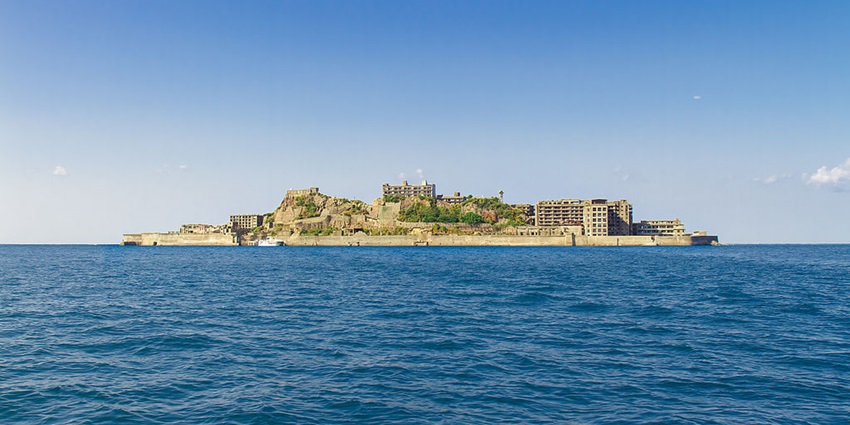
Photo: Jordy Meow / Wikimedia Commons
Gunkanjima, also known as Hashima Island, is a hauntingly beautiful abandoned island that once served as a coal mining facility. Its tightly packed concrete buildings resemble a battleship, hence the nickname. The island, now a UNESCO World Heritage Site, tells the story of Japan’s rapid industrialization and the hardships faced by its workers. Visitors can take a guided boat tour to explore the eerie ruins and learn about the island’s fascinating history, making it a unique destination near Nagasaki.
Location: 15 km
Distance From The Museum: 23 km
Timings: Varies
Entry Fees: ¥3600 – 4500 / ₹2034 – 2542
3. Huis Ten Bosch
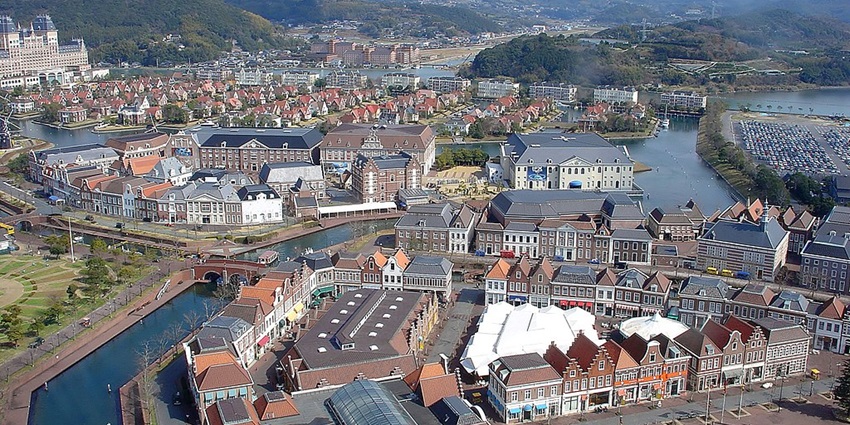
Photo: JKT-c / Wikimedia Commons
Huis Ten Bosch is a Dutch-themed amusement park that replicates the streets of the Netherlands with windmills, canals, and tulip gardens. Located about an hour from Nagasaki, the park offers cultural exhibits, rides, and seasonal light shows, making it a family-friendly attraction. It beautifully blends Japanese hospitality with European charm, providing visitors with a unique experience outside of the city’s historical landmarks. Those looking for a break from somber historical sites can enjoy this lively and scenic destination.
Location: Huis Ten Bosch Town, Sasebo City, Nagasaki Prefecture, Japan
Distance From The Museum: 50 km
Timings: 9 AM – 9 PM
Entry Fees: ¥4000 – 7000 / ₹2260 – 3955
4. Nagasaki Shinchi Chinatown
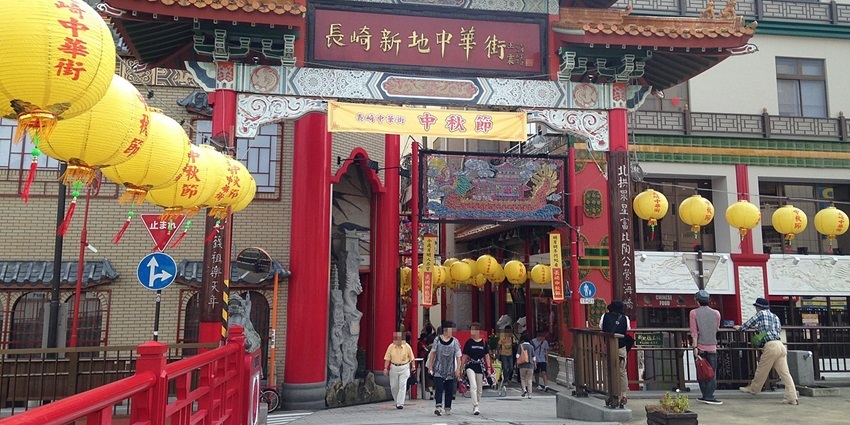
Photo: そらみみ / Wikimedia Commons
One of Japan’s oldest Chinatowns, Nagasaki Shinchi Chinatown, is a lively area filled with vibrant red lanterns, authentic Chinese cuisine, and historic shops. The area has strong historical ties to Nagasaki’s trading past and is known for its delicious champon (a regional noodle dish). During the Chinese New Year, the streets come alive with colourful decorations and festive parades. It’s the perfect place to experience the cultural diversity of Nagasaki while enjoying traditional Chinese delicacies.
Location: Shinchi-machi, Nagasaki City, Japan
Distance From The Museum: 4 km
Timings: 10 AM – 9 PM
Entry Fees: N/A
5. Megane Bridge (Spectacles Bridge)
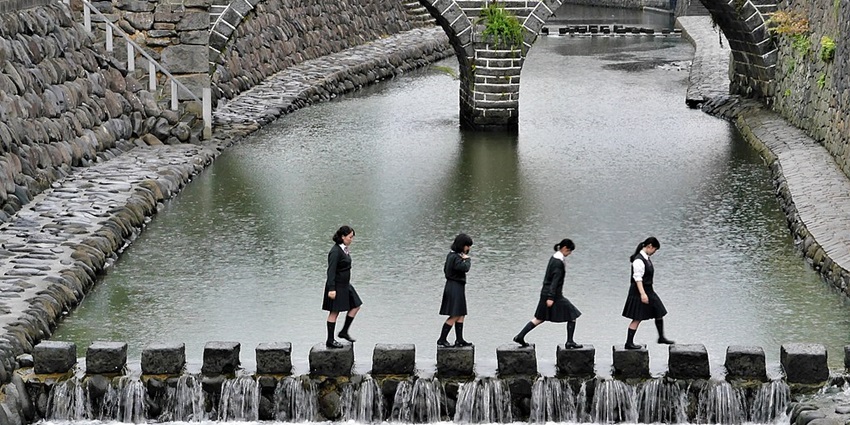
Photo: travel oriented / Wikimedia Commons
Built-in 1634, Megane Bridge is Japan’s oldest stone arch bridge and gets its name from the reflection of its twin arches in the water, which resemble a pair of spectacles. Located along the Nakashima River, the bridge is a picturesque spot perfect for photography and leisurely strolls. It is particularly beautiful in the spring when cherry blossoms frame the bridge, creating a postcard-worthy view. This historic landmark is a must-see for architecture lovers and history enthusiasts.
Location: Uonomachi, Nagasaki City, Japan
Distance From The Museum: 4 km
Timings: 24*7
Entry Fees: N/A
Where To Stay
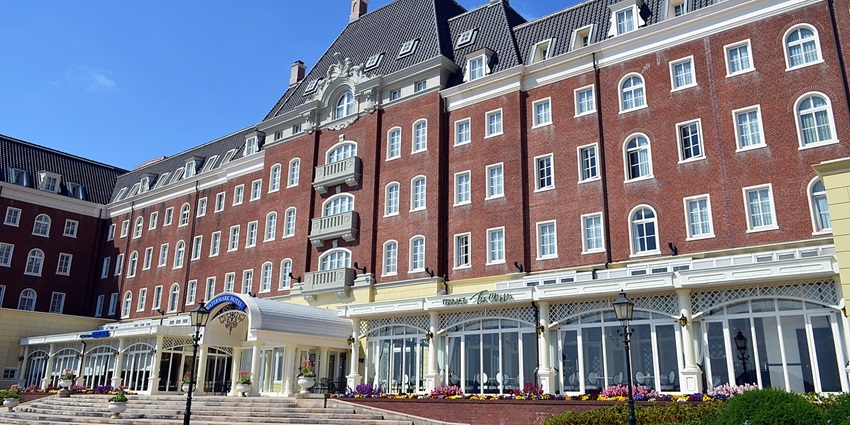
Photo: Yuji Sakamoto / Wikimedia Commons / Image For Representation Only
Nagasaki offers a range of accommodations to suit different budgets, from affordable hostels to luxurious hotels. Hotel New Nagasaki, located near Nagasaki Station, provides comfortable rooms with modern amenities. JR Kyushu Hotel Nagasaki is a mid-range option offering convenience and easy access to major attractions. For a more luxurious stay, Garden Terrace Nagasaki Hotels & Resorts and Watermark Hotel Nagasaki boast breathtaking views of the city and Nagasaki Bay. Many hotels are located within easy reach of public transportation, making it convenient for visitors to explore the city’s historical sites, cultural landmarks, and scenic attractions during their stay.
Where To Eat
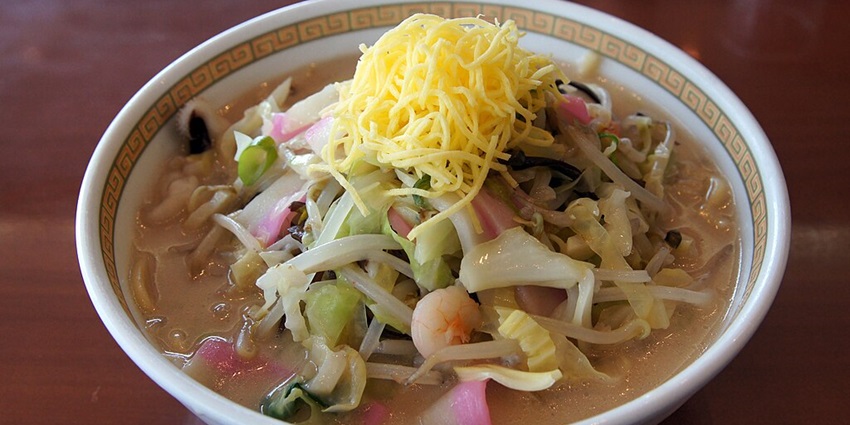
Photo: 663highland / Wikimedia Commons / Image For Representation Only
Nagasaki’s diverse culinary scene reflects its cultural history, blending Japanese, Chinese, and Western influences. Shikairou, one of the city’s most famous restaurants, is known for its champon (a seafood noodle dish) and sara udon (crispy noodles with thick sauce). Yossou, a historic eatery established in 1866, specialises in Nagasaki-style steamed sushi, offering a unique twist on traditional Japanese cuisine. Kagetsu, a fine-dining restaurant, serves shippoku cuisine, a fusion of Japanese and Chinese flavors. Whether you’re craving street food or fine dining, Nagasaki’s food scene provides a variety of options for visitors to indulge in local delicacies.
Best Time To Visit
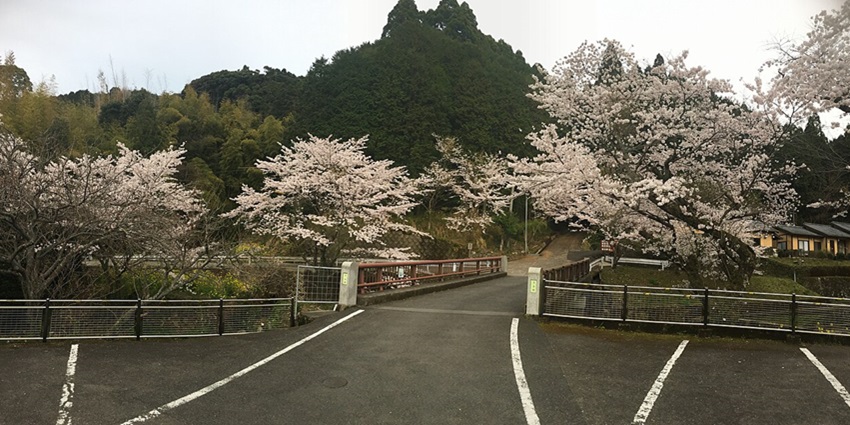
Photo: Nesnad / Wikimedia Commons
The best time to visit Nagasaki and the Atomic Bomb Museum is during spring (March-May) and autumn (September-November), when the weather is pleasant, and the city is at its most beautiful. In spring, cherry blossoms bloom, creating a serene atmosphere at memorial sites like Peace Park. Autumn brings vibrant red and orange foliage, making it an ideal time for sightseeing. Summer can be hot and humid, while winters are mild with occasional rain. August 9, the anniversary of the bombing, is a significant day with special peace memorial events, offering visitors a deeper connection to Nagasaki’s history and message of peace.
Other Factors To Consider
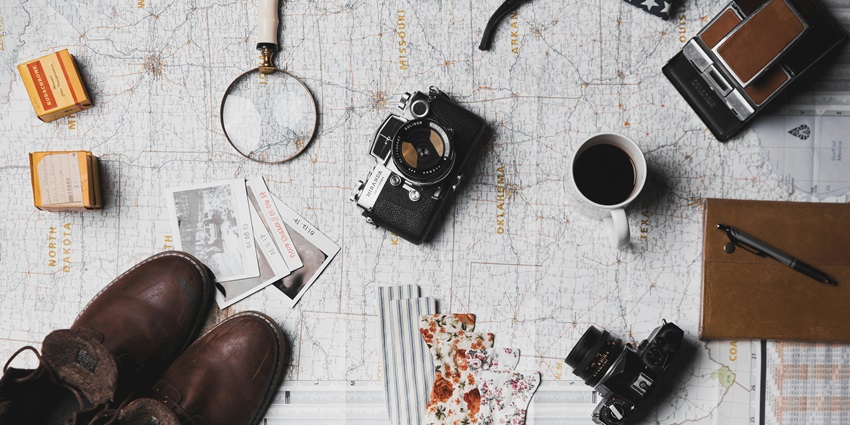
Photo: ian dooley / Unsplash / Image For Representation Only
Tips For Travellers
- Wear comfortable shoes, as there is a lot of walking involved.
- Visit in the morning to avoid crowds.
- Respect the solemn nature of the museum by maintaining silence.
- Photography is restricted in some areas, so check the rules.
- Take time to visit the Peace Park and Hypocenter for a complete experience.
The Nagasaki Atomic Bomb Museum is more than just a historical site. Visiting the museum offers a deeply moving experience that encourages reflection and learning. Whether you are a history enthusiast, a peace advocate, or simply a traveller looking to understand Japan’s past, this museum is a must-visit. Plan a trip with TripXL’s customized travel packages for a seamless and enriching experience.
Cover Photo: Yoshio Kohara / Wikimedia Commons


 WhatsApp
WhatsApp
 Twitter
Twitter









